“We got plastic surgery on holiday”



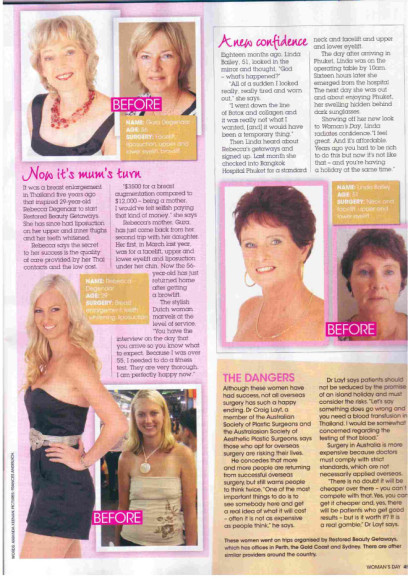
Young women rush overseas for enlargements from the Gold Coast
Published 13 Feb, 2008, Annelies Gleeson for The Gold Coast Sun Qld.
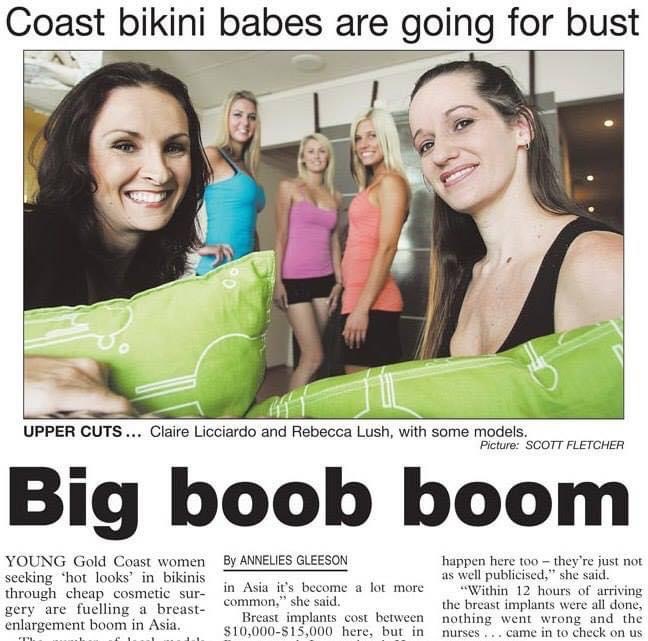
YOUNG Gold Coast women seeking `hot looks’ in bikinis through cheap overseas cosmetic surgery have fuelled a breast-enlargement boom. The number of Gold Coast models going under the knife has soared from 5 per cent five years ago, to 40 per cent today, said director of Lush Models, Rebecca Lush.
She said the the Gold Coast’s first medical tourism agency in Bundall, had influenced the surge. “Breast enhancements in Australia have always been out of most of the girls’ price range, but now with the much cheaper procedures in Asia it’s become a lot more common,” she said.
Breast implants on the Coast cost between $10,000-$15,000, but in Bumrungrad International Hospital, Bangkok, they are between $3000-$4000. Surfers Paradise model Bronwyn Gendall said it cost her $6000 for surgery, flights and 10 days of five-star accommodation.
“It was quite scary heading to another country for surgery, especially with the horror stories of people having botched jobs done over there, but then dodgy operations happen here too – they’re just not as publicised,” she said.
“Within 12 hours of arriving the breast implants were all done, nothing went wrong and the nurses were so lovely; they came in to check on us at the hotel.” Company Director director Claire Licciardo said women needed to choose carefully to avoid cosmetic disaster.
Australians may soon be able to fly Turkish Airlines all the way from Melbourne to Istanbul, with a thrice-weekly connection via Singapore expected to launch from December this year.

Turkish Airlines, or commonly referred to as “Turkish Hairlines”, because there are sooooo many patients are seen on Turkish Airlines flights returning home wearing post-operative headbands after undergoing a hair transplant in Turkey- are gearing up to commence direct flights to Melbourne later this year!
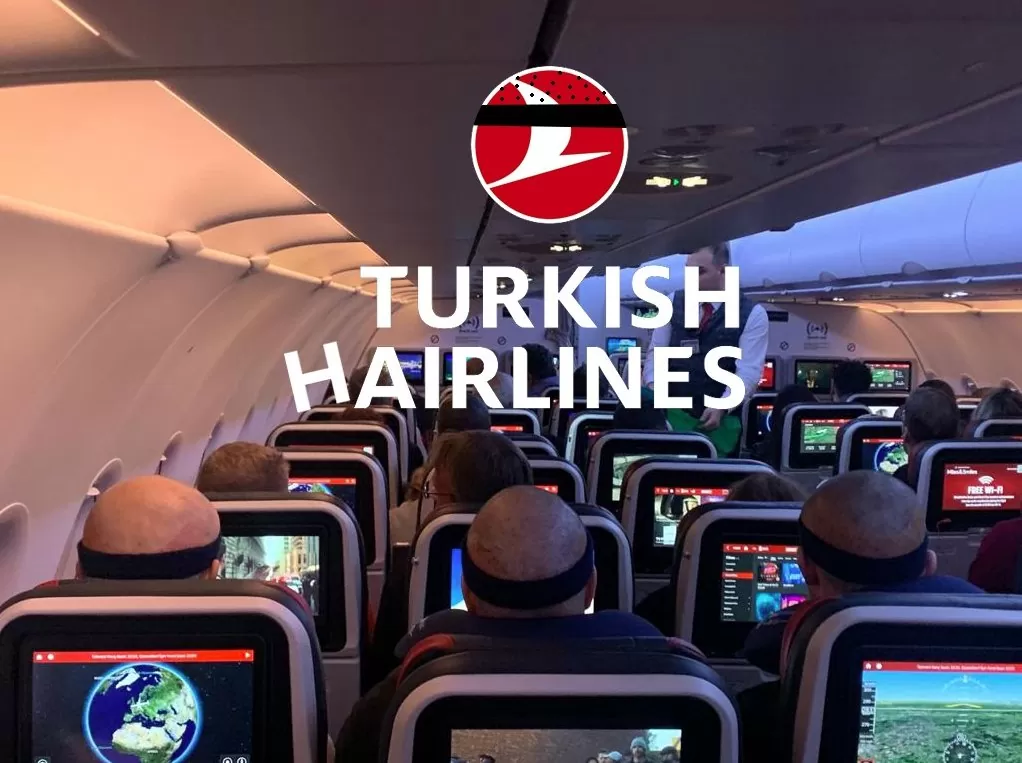
Turkish Airlines are aiming to extend its reach to it’s sixth continent as Australia as the expansion of Turkey’s Medical Tourism Industry reaches our nations shore.
Starting with Melbourne then Sydney the direct service looks like a layout in Singapore is on the cards. Turkish Airlines chair Ahmet Bolat said, “At the beginning, it [will not be] such an excellent service – only three times weekly and with a stop in Singapore”, he said speaking on the sidelines of the recent International Air Transport Association (IATA) annual general meeting in Istanbul, the Aviation Week reported.
Eventually, Turkish wants to operate a daily Istanbul-Melbourne service, said Bolat, with daily nonstop flights to Sydney. Bolat added that “Melbourne seems to offer … more advantages regarding [the] local Turkish population – the catchment area is big, and not so many airlines are flying there”.
Utilising its Boeing 787-9 aircraft, the three-times-weekly service will kick off in December 2023.
Daily flights to Sydney could be on cards in several years’ time, while Perth and Brisbane are also in consideration.
Flights would initially rely on the Boeing 787, though Bolat hopes to skip Singapore altogether, launching non-stop Istanbul-Melbourne and Istanbul-Sydney flights using a forthcoming order of ultra-long range jets.
He said the national carrier would be “looking very much to attract tourists on our route.”
A Melbourne Airport spokesperson “continues to work closely with Turkish Airlines to bring to fruition the airlines’ ambition to commence services to Australia”.
Prices start at $1,316 round trip and $952 one way…..
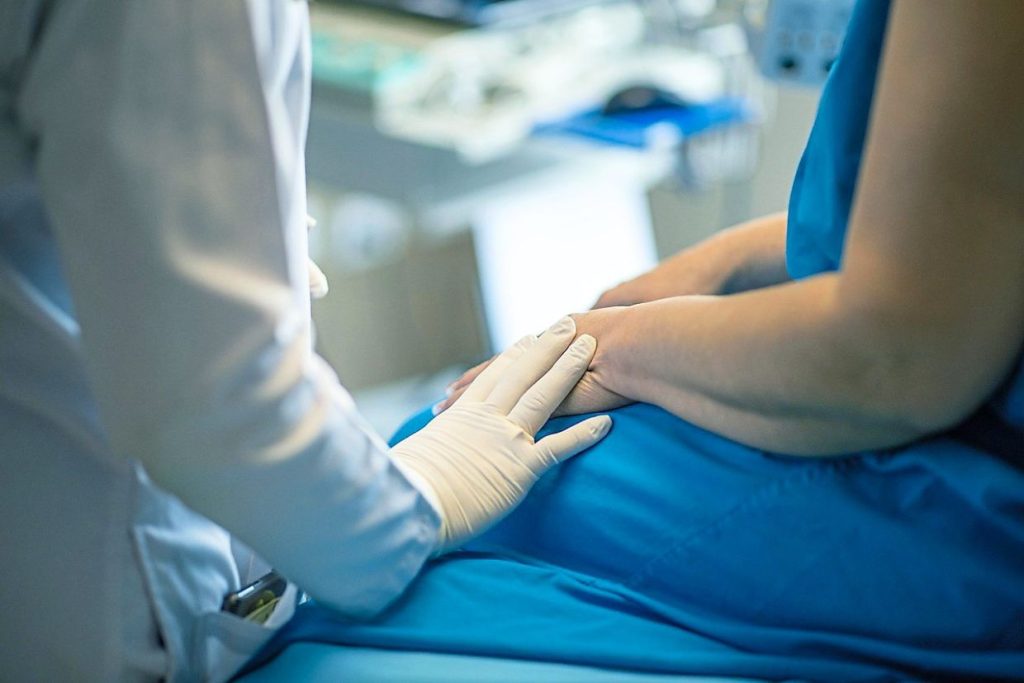
Malaysia’s health tourism sector, which has been affected by the Covid-19 pandemic, is showing signs of a stronger comeback as the nation heads into 2023, propelled by the Malaysia Healthcare Travel Industry Blueprint 2021-2025.
Malaysia has built a strong reputation as a safe and trusted global destination for healthcare over the past 10 years, with visitors from across the world coming for a range of treatments.
In the next phase, this segment will continue to focus on treatment services such as in vitro fertilisation (IVF), cardiology, oncology, orthopaedic, neurology, dental, aesthetics and general health screening, while unleashing the full potential of the industry, covering the areas of preventive treatments and healthcare.
Five-year industry blueprint
Malaysia Healthcare Travel Council (MHTC) chief executive officer Mohd Daud Mohd Arif said, during the recovery phase, more emphasis is being placed on the healthcare travel ecosystem as readiness measures for the industry to recover and move into a new phase.
“We are now in a solid position to embark on the next phase of the Malaysia Healthcare Travel Industry Blueprint in 2023 to rebuild the industry, while enhancing service delivery of a seamless end-to-end experience for all healthcare travellers.
“Guided strongly by the blueprint, we are on course for a continuous and sustainable industry growth, focusing on providing the best Malaysia healthcare travel experience by leveraging our strengths in three key pillars.
“The three pillars consist of the Healthcare Travel Ecosystem, which focuses on enhancing service quality and experience of care; Malaysia Healthcare Brand, to increase brand cohesiveness across key touchpoints and amplify our brand equity in core markets; Markets, (which) we are looking at growing beyond primary markets and exploring more niche markets to strengthen our presence,” Mohd Daud said in an interview.
MHTC will be enhancing these pillars through collaborations with local, regional and global stakeholders to create value for the entire industry.
“The rebuild phase will also see the industry driving forward with a focus on both curative and preventive treatments as well as several niche branding initiatives such as in cardiology, oncology, fertility, and dental treatments as well as premium wellness offerings, inviting healthcare travellers to experience and rediscover the best of healthcare in Malaysia,” he added.
Top destination
Currently, Malaysia is ranked among the top medical tourism destinations in Asia, alongside India, Thailand, Singapore and South Korea.
President of the Association of Private Hospitals (APHM) Datuk Dr Kuljit Singh has said, Malaysia is one of the best in South-East Asia in terms of cost and high standard of healthcare.
Mohd Daud said Malaysia’s healthcare system has been internationally recognised and has garnered numerous global accolades over the years. They include International Medical Travel Journal (IMTJ) Destination of the Year: Malaysia (2015, 2016, 2017 and 2020); IMTJ Cluster of the Year: Malaysia Healthcare Travel Council (2017, 2018, 2019 and 2020); Asia Pacific Healthcare and Medical Tourism Awards (2016-2022); and International Living: Asia’s Top Destination for Retirement Living (2015-2022).
He said Malaysia saw significant declines in healthcare travel revenue from RM1.7bil in 2019 to RM777mil and RM585mil in 2020 and 2021 respectively, due to the Covid-19
“However, the industry’s swift response to the pandemic has led to fruitful results. Anchoring heavily on public-private partnerships (PPPs), our success as a destination has been an all-industry effort. Together, we have cultivated a solid ecosystem, further positioning Malaysia as a safe and trusted destination for healthcare travellers as we recover from the pandemic,” he added.
Malaysia’s healthcare travel sector will focus on several treatment services this year, including dental.

Following the opening of borders in April this year, the sector has seen an encouraging surge in the number of healthcare traveller arrivals
“As of the third quarter of (Q3) 2022, the industry recorded RM726mil of revenue, bringing us closer to our target of achieving RM1bil for 2022. This signifies the healthcare travellers’ trust on Malaysia as a safe and trusted healthcare travel destination, as well as the industry’s positive recovery and growth,” Mohd Daud said.
Discover new fields
Leveraging the demand for niche treatments and its excellent track records, MHTC aims to continue developing existing offerings and enhancing the Malaysia healthcare experiences through niche branding initiatives, which include preventive healthcare and wellness.
“In recent years, the global population has become increasingly diligent in prioritising their physical and mental wellness.
“In response to this trend, Malaysia healthcare introduced a Premium Wellness Programme, an industry-wide collaborative effort with top-tier private hospitals, hotels and travel companies in the country to integrate comprehensive health screening, world-class accommodation and leisure tour offerings into one convenient comprehensive premium package for healthcare travellers.
“Through this programme, we aim to empower the global population by inspiring healthier lifestyles via enhanced health screening offerings, with options for add-ons for dental aesthetics, cosmetic procedures and focused screenings and treatments for Hepatitis C, cancer and heart related disease,” said Mohd Daud.
Malaysia Healthcare has identified Indonesia, China, Bangladesh and Myanmar as core markets based on the volume of healthcare travellers, as well as the growth potential in the respective markets.
It also plans to increase the market penetration in those countries while aggressively raising the country’s profile in secondary markets like Hong Kong, Cambodia, Vietnam, Singapore and Australia.
“Currently, Indonesia represents one of the key markets for Malaysia Healthcare, with healthcare travellers from Jakarta, Surabaya, and Medan making up the majority of those seeking care in Malaysia, to complement the healthcare services obtained in their home country.
“Penang and Melaka are healthcare travel hot spots for Indonesian travellers, dominating more than 70% of total arrivals,” he added.
In terms of travellers by origin, Malaysia continues to attract healthcare travellers from many countries, not just within the region.
For the past decade, citizens from Australia, Bangladesh, China, India, Indonesia, Japan, the Philippines, Singapore, Britain, and the United States make up the top countries of arrival in Malaysia.
Poised for positive growth
Meanwhile, MSU Medical Centre (MSUMC) chief executive officer Zahri Abd Ghani said the health tourism sector’s growth after the pandemic brought positive spill-over effects on the organisation.
Buoyed by the turnaround, MSUMC undertook to refresh its mission of “Caring, Healing, Educating” by providing quality, accessible and affordable services to its customers based on MHTC’s recovery plan for the industry.
MSUMC which began operations in January 2019, offers treatment services such as neurosurgery, plastic and reconstructive surgery, orthopaedic, cardiology, nephrology, hyperbaric oxygen therapy and ophthalmology.
“In general, the segment for overseas patients at MSUMC covers health check-up such as brain and backbone screening package, orthopaedic, plastic and reconstructive surgery, general surgery, nephrology, neurosurgery and cardiology.
“The world-class health care services provided by hospitals such as MSUMC, continue to open the floodgates for healthcare tourism. Malaysia has emerged as one of the preferred destinations for medical tourists given its highly-specialised medical treatment options, reasonable fees and patient comfort coupled with experienced medical experts who are fully equipped to meet patient demands,” he added.
MSUMC has earned international recognition for its reconstructive surgery such as for lymphoedema (chronic condition that causes swelling in the body’s tissue), gum cancer, acid burn, omphalocele (birth defect of the abdominal wall) and craniofacial growth (the cranial base matures earlier than the face).
MSUMC has also received full accreditation from the Malaysian Society for Quality in Health (MSQH) for a four-year term as recognition for achieving compliance to service quality and healthcare safety standards.
“The recognition that Malaysia earns as among the world’s best medical and healthcare tourism destinations augurs well for the sector, which remains on a positive trajectory with ample room for growth,” he said adding that it would directly push demand for skilled human resources and generate more employment opportunities.
He said MSUMC has proactively worked in collaboration with the health tourism industry stakeholders particularly MHTC which plays a vital role in promoting Malaysia’s health tourism to the global community through cooperation with regional and international media practitioners.
High standards
A senior lecturer from the Faculty of Hotel and Tourism Management, Universiti Teknologi MARA (UiTM) Melaka, Akmal Adanan said, emphasis should be given towards safety and health aspects based on set guidelines by the authorities, noting that local health tourism management practices should be on par with international standards to gain tourist confidence.
Industry players should be ready to offer flexible, reasonable and varied service packages in addition to taking proactive steps in accepting the latest technology, such as adapting the Machine Learning (ML) and Artificial Intelligence (AI) applications for data analysis and to meet customer needs.
“The ‘Chatbot’ system that is available in ML allows service providers to interact for 24 hours with their clients online to respond to various queries including providing effective treatment schedules.
“Hospital authorities and service providers should maximise their service promotions especially on the social media platform. The promotion content should be more creative, focusing on soft selling marketing approach such as short videos that provide information as well as useful health tips while promoting the facilities, doctors’ expertise and special services offered,” he said.
Coordination between the Ministry of Tourism, Arts and Culture, the Ministry of Health and MHTC should be strengthened to ensure the health tourism sector provides quality service and continue to attract more tourists from both locally and abroad.
Finance incentives aimed at boosting the operational resilience of the health tourism sector such as awarding of grants, subsidies, sponsorships and deductions or tax exemptions should be considered for the sector’s revival, in addition to tourist friendly policies, rules and procedures such as simplifying the visa process.
In addition, educational programmes, training and professional development courses for industry players can help enhance the quality of their products and services.
“In general, the tourism sector has experienced significant declines in terms of tourist arrivals and earnings due to the Covid-19 pandemic. It may take a long time before the industry can recover to its pre-pandemic levels.
“However, the health tourism sector is poised for positive growth next year given that quality health services are always in demand especially among tourists from neighbouring Indonesia and Singapore as well as China.
“Besides being blessed with scenic and attractive sites for tourists to spend their vacation, the highly trained doctors as well as competitive treatment costs are also a major draw among medical tourists to Malaysia,” he said, adding that continuous studies should be conducted on certain groups’ inclination for choosing treatment destinations. – Bernama

YOUNG Gold Coast women seeking `hot looks’ in bikinis through cheap overseas cosmetic surgery have fuelled a breast-enlargement boom.
The number of Gold Coast models going under the knife has soared from 5 per cent five years ago, to 40 per cent today, said director of Lush Models, Rebecca Lush.
She said the the Gold Coast’s first medical tourism agency in Bundall, had influenced the surge.
“Breast enhancements in Australia have always been out of most of the girls’ price range, but now with the much cheaper procedures in Asia it’s become a lot more common,” she said.
Breast implants on the Coast cost between $10,000-$15,000, but in Bumrungrad International Hospital, Bangkok, they are
between $3000-$4000.
Surfers Paradise model Bronwyn Gendall said it cost her $6000 for surgery, flights and 10 days of five-star accommodation.
“It was quite scary heading to another country for surgery, especially with the horror stories of people having botched jobs done over there, but then dodgy operations happen here too – they’re just not as publicised,” she said.
“Within 12 hours of arriving the breast implants were all done, nothing went wrong and the nurses were so lovely; they came in to check on us at the hotel.”
Company director Claire Licciardo said women needed to choose carefully to avoid cosmetic disaster.
Danielle Gusmaroli in London writes this piece for the The Herald Sun as Aussies head over to Turkey to access cosmetic surgery for prices we haven’t seen for years! NipTuck Holidays is the only agency in Australia offering Turkey as a medical tourism destination with our Group Tour getting ready to officially announce for October 2023! Interested?

Australians craving a dramatic makeover are heading overseas to access cosmetic surgery for a fraction of the cost of procedures at home.
Turkey is fast establishing itself as the new medical tourism hub for Aussies craving bargain boobs, butts and bodies.
In a shift away from the one-time cosmetic surgery capital of Thailand, the southeastern European country has enjoyed a 400 per cent jump in bookings since international flights resumed in February 2022.
Much of the lure is price — procedures are up to 275 per cent cheaper than Australia — but there is also a belief among patients that the work is carried out in clean environments.
Venesa Sacco, 46, underwent her second cosmetic procedure in Istanbul in October — a breast lift and Brazilian butt lift (BBL).
“I feel and look totally different, I’m much more confident and like what I see in the mirror now – it’s like getting a haircut, you feel so much better afterwards,” Ms Sacco, from Caulfield, Melbourne, said.

She claims to have saved $74,450 on what she would have paid in Australia for her eight surgery procedures in two trips to Turkey over 15 months.
Her BBL cost $550 instead of $3000, her breast lift was $4000 versus $15,000, she paid $3000 for veneers that would have set her back $20,000 and her 360 liposuction was $6000 instead of $20,000.
“I’m addicted and I’m thinking of another round of liposuction … and maybe a facelift next year,” she said.

Lisa Consolmagno, 47, from Craigieburn, Melbourne, is part of a WhatsApp group with thousands of Australian members sharing information about plastic surgery in Turkey.
She flew into Istanbul a day after the deadly magnitude 7.8 earthquake for a tummy tuck, removal of old breast implants, breast lift and new implants.
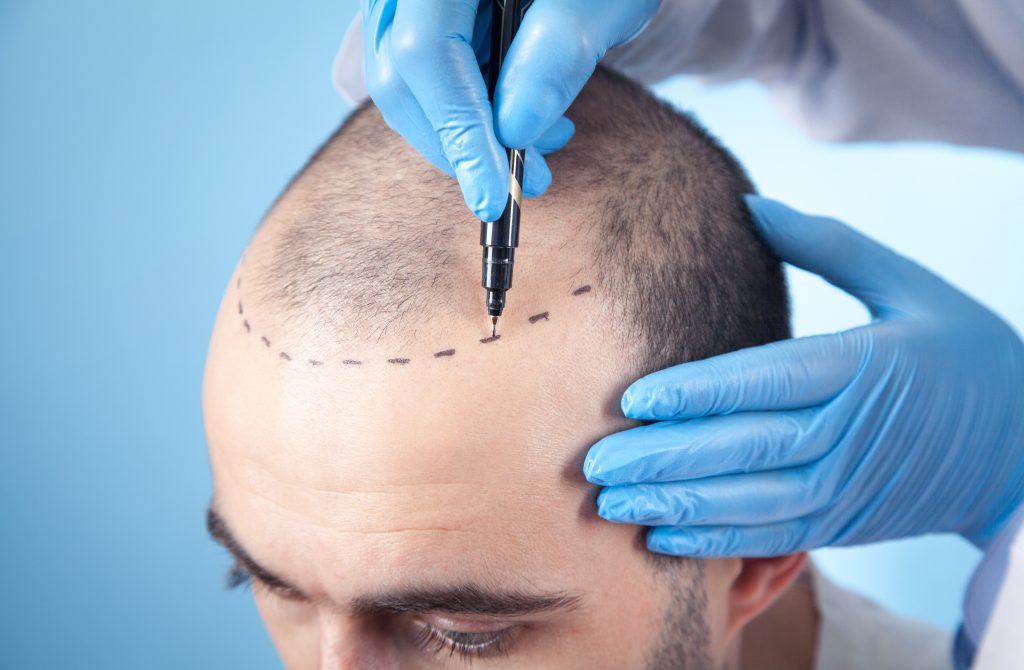
“I went to Turkey because a lot of the men at the gym I go to have had veneers and hair transplants and told me to go,” she said.

Medical tourism firm Estetica Istanbul said Australian bookings had exploded from one or two a month to 10.
According to another firm, Surgery Savior, at least 10 per cent of its 70 aesthetic procedures and hair transplants a month now went to Australians.
“I keep seeing +61 (the Australian country code) flash up on my phone,” Surgery Savior chief executive Sarah Kasule said.
“After Covid, we got flooded with calls.
“There are five Australians in hotel rooms recovering from rhinoplasty as we speak, three of them girls from Sydney.”
Estetica Istanbul chief executive Mert Karakuzu will next month launch a social media advertising campaign to meet the growing demand from Australia.
“You can’t ignore the numbers, Australia has caught on to Turkey and we are now in discussions to advertise on Facebook,” he said.
AMA President Professor Steve Robson advised exercising caution when opting for plastic surgery overseas.
“We are lucky enough to have one of the best health systems in the world with highly trained doctors, nurses and other health professionals working in world-class facilities,” he said.
“Our outcomes are second to none and when, on the rare occasion, something goes wrong, patients have the security of knowing that the health system will be there to support them.”
Chair of the Communications Committee for the International Society of Aesthetic Plastic Surgery Fabian Cortiñas shared concerns about the integrity of the industry.
“Safety should be the first priority when deciding to travel to a different country for an aesthetic surgical or non-surgical procedure,” he said.
Turkey aims to lure 1.5 million health tourists in 2023.
The government has certain expectations of clinics, including having an International Health Tourism Authorisation Certificate, regulated prices and surgical standards.
The story inThe Sun Herald: https://www.heraldsun.com.au/lifestyle/aussies-are-heading-to-turkey-to-access-cheap-cosmetic-surgery/news-story/6f1b2817d684d0f864dd01220f08bca6
TOP TIPS FOR OVERSEAS SURGERY
■ Choose a procedure that suits your age and body type. Risk and results of surgery are affected by age and weight
■ Ensure the plastic or cosmetic surgeon is experienced and medically board certified
■ Complications can occur during and after your procedure – check the level of after-care service provided and country’s safety guidelines. Each country has different safety guidelines and the safety levels will vary
■ If the procedure is performed in a hospital, verify the hospital is accredited or certified. Ask your surgeon for certification information and the name of the certifying body.
■ Ensure the surgical setting is safe and authorised by the country’s regulatory system and with trained personnel and emergency procedures in place.
■ Flights make changes in the body’s physiology, always arrive one or two days before the surgery, during those days take time for a physical consultation with your Doctor for final adjustments
■ Never underestimate the post operative period. Take enough time — at least a week — for a full recovery before your flight back.
In the past decade, Turkey has become one of the top destinations for medical travel competing with Thailand, Malaysia, Mexico and South Korea. Each year, approximately 500,000 people from around the world travel to Turkey for medical treatment or aesthetic procedures.
With the number of patients from all over the world including Australia continuing to soar, questions have also been raised about the quality of treatments, the diligence of regulation and the satisfaction of patients. In the British media there has been some serious misinformation. In the British media there has been some serious misinformation. Because with huge success comes with a huge responsibility we are going to breakdown some of this misinformation
One of the misconceptions that have been voiced in the tabloid media is that it is legal to perform operations in Turkey at facilities that are not intended for medical use.
In an article published in one of the most read tabloids in the U.K., it was claimed that “Turkish surgeons can operate in a garage if they wanted to.” It is easy to discover with a simple Google search that this is as ridiculous as it is untrue. Even so, we still wanted to hear from an experienced professional in the clinical research field, the Director of Mira Projects, Sayeste Bibin.
Mr Bibin says: “In Turkey, operating room conditions and surgical practices comply with the patient health safety and universal protocol determined by the World Health Organization (WHO). The General Directorate of Health Services has the power to authorize and license health institutions and organizations, and to cancel these permits and licenses temporarily or indefinitely when necessary.
Private hospitals can only operate with the permission and/license they receive from the administration according to Article 355 of the Presidential Decree. In addition to that, private hospital requirements were also taken under control with the Private Hospitals Regulation legislation, there is a specific article about the operating rooms in this regulation. Hospitals are frequently inspected by the Ministry of Health Inspection Board.”
Turkey has robust regulations when it comes to licensing premises for medical use. But it also has robust regulations regarding malpractice insurance. One of the claims made in the British media was that Turkish surgeons do not need insurance to practice their profession. This is entirely false. By law, all doctors must have insurance in Turkey. This is called “compulsory financial liability insurance” for cases of medical malpractice and it provides pecuniary and non-pecuniary damages while also covering the litigation expenses of doctors, dentists and specialist chambers working in private or public health institutions and organizations.
It is not always easy to pick through real information about medical treatment in the media because quite often competitors give biased views or the tabloid media feeds into prejudices. Any medical treatment decision must be made by a well-informed patient, so each individual must do their homework very thoroughly, keeping the focus on respectable sources. This more than often is not the media.
A medical tourism agency is your best bet! We have done the research and have a number of Plastic Surgeons and hospitals and can provide patients with a wealth of information. My advice is to double-check the information that is provided, ie the surgeons information on Google, social media and to ask the questions! Not all agents are as reliable and trustworthy as we are and by asking these questions you will quickly find this out!
🕸Our website is here to check it out: https://niptuckholidays.com/
📲 Facebook: https://www.facebook.com/NipTuckHolidays
📲. Instagram: https://www.instagram.com/niptuckholidays/
It’s the word-of-mouth successes that draw people into Turkey to get the cosmetic treatment they need. If you know anyone that has had cosmetic surgery abroad ask for their recommendations of who they went through!
There is also a considerable amount of recent statistics available about medical care in Turkey, with its medical faculties joining the club of the 500 best universities in the world, Turkey has no shortage of well-educated medical staff.
There are highly qualified surgeons and full-fledged hospitals are some of the reasons why medical travelers prefer Turkey in Istanbul or Antalya. In Turkey there are nearly 50 medical facilities that are accredited by the Joint Commission International, of which over 90% are hospitals. It ranks third among Junior Chamber International (JCI) accredited hospitals worldwide.

In the past two decades, the number of accredited hospitals specializing in cardiology, transplants, plastic surgery and advanced oncotherapy has grown exponentially. JCI is a nonprofit health accreditation organization based in the United States and known as the Gold Stamp globally in medical care. It is the top criteria for medical travelers.
Statistics estimate that the total health care expenditures in Turkey will reach TL 233 billion ($14.23 billion) by 2020. Health care spending increased exponentially from 2000 to 2020, especially in the last five years, where it more than doubled since 2015. Turkish hospitals, particularly private hospitals, have seen one of the most substantial growth rates among Organisation for Economic Co-operation and Development (OECD) countries in the past decade. All the hospitals are regulated and controlled by the Ministry of Health regardless of whether they are public or private.
Another essential criteria in assessing quality health care is patient satisfaction. Research firm Ipsos reported in a 2021 survey that “32% of Turkish individuals rated the quality of their health care as very good or good. Among the high-income countries like Germany, France and the U.K. this figure is 39%, 47% and 52%, respectively. According to the findings of a previous survey done by Ipsos, the percentage of Turkish citizens who trust the health care system in their country to provide them with the best treatment is 43%. This percentage is also 43% in the United States and 45% in Germany.”
The onus to make an informed decision lies with you- the patient. As an agent it is our responsibility to provide you with information and recommendations based upon your inquiry, within your budget. We have spent years working within the medical tourism industry globally to find the best surgeons and hospitals for our clients. However at the end of the day, the best surgeon, clinic and hospital for your specific needs requires that you do your research before making a decision, just as it does in your home country. There are problems with regulations in the U.K. when it comes to cosmetic procedures, as their is in Australia. So it’s important to be aware of this and do your research. I am more than happy to provide information and answer questions!

In Australia there is a big push for an overhaul of the cosmetic surgery industry with the Medical Board of Australia (AMA) launched an independent review of the regulation of health practitioners in the cosmetic surgery industry in response to the uncovering of dangerous and unregulated practices that the health regulator said raises ‘significant patient safety concerns’.
Since then there have been a number of practitioners banned from performing cosmetic surgery and losing their medical licence after poor quality practices in the cosmetic surgery industry. There was a very high profile joint investigation between Four Corners, The Age and Sydney Morning Herald It revealed revealing disturbing surgical practices at some of Australia’s popular cosmetic surgery clinics.
A class action against a former celebrity cosmetic surgeon and four associates has been filed by patients who say they have suffered injury and losses from cosmetic surgery. This is just one of many cosmetic surgeons in Australia with poor practices and providing sub-standard and results for patients.
In the U.K. there are no regulations around Botox and filler treatments, which means the actual treatment can be performed by anyone with or without training. The U.K. Government like the Australian has plans to tighten the regulations but nothing has been done yet. In Turkey, there are stricter regulations regarding non-surgical cosmetic treatments. Only aesthetic surgeons, dermatologists and specialist doctors can administer Botox and derma fillers.
For more invasive surgical procedures in the U.K., patients need to be extra vigilant because regulations are dysfunctional. A very worrying report by the National Confidential Enquiry into Patient Outcome and Death found that nearly three-quarters of clinics in the sector in the U.K. operate effectively unregulated, adding that eight out of 10 providers who offer complex surgeries like breast reductions “do not perform these anywhere near enough to maintain an appropriate skillset and that a third do not even allow patients a ‘cooling off’ period when they book procedures.” The report added that less than half of operating theaters were properly equipped to perform surgery and one in 10 of the clinics actually ceased to exist between being identified and being approached.
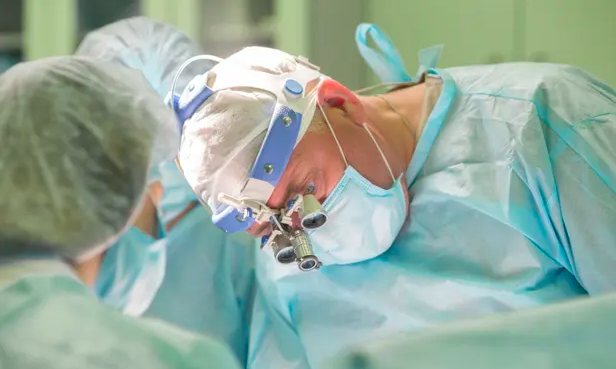
For more invasive surgical procedures in the U.K. patients need to be extra vigilant because regulations are dysfunctional. A very worrying report by the National Confidential Enquiry into Patient Outcome and Death found that nearly three-quarters of clinics in the sector in the U.K. operate effectively unregulated, adding that eight out of 10 providers who offer complex surgeries like breast reductions “do not perform these anywhere near enough to maintain an appropriate skillset and that a third do not even allow patients a ‘cooling off’ period when they book procedures.” The report added that less than half of operating theaters were properly equipped to perform surgery and one in 10 of the clinics actually ceased to exist between being identified and being approached.
Neither at home nor abroad, patients cannot be complacent about making decisions about their health. Here is a list of things to check before you go ahead with any procedure, anywhere:
✅The medical education and degree of the surgeon
✅Professional credentials including licensing
✅Specialization degree, license and certifications
✅Fellowships or post-graduate training courses they received
✅Special training courses they underwent related to the procedures they offer
✅Previous and current hospital or clinical employment history
Everyone has the right to ask the necessary questions and request information when it comes to their medical needs, and no qualified surgeon or doctor would be offended to be asked these questions.
*This story was initially written by a freelance reporter in London with changes made in writing for the Blog by myself- Claire Licciardo.
My experience with NipTuck Holidays began in 2013 when I travelled in a group tour for a breast lift and augmentation, after being referred by a friend who had travelled the previous year. From the outset, Claire was so knowledgeable and made the process of booking everything so easy.
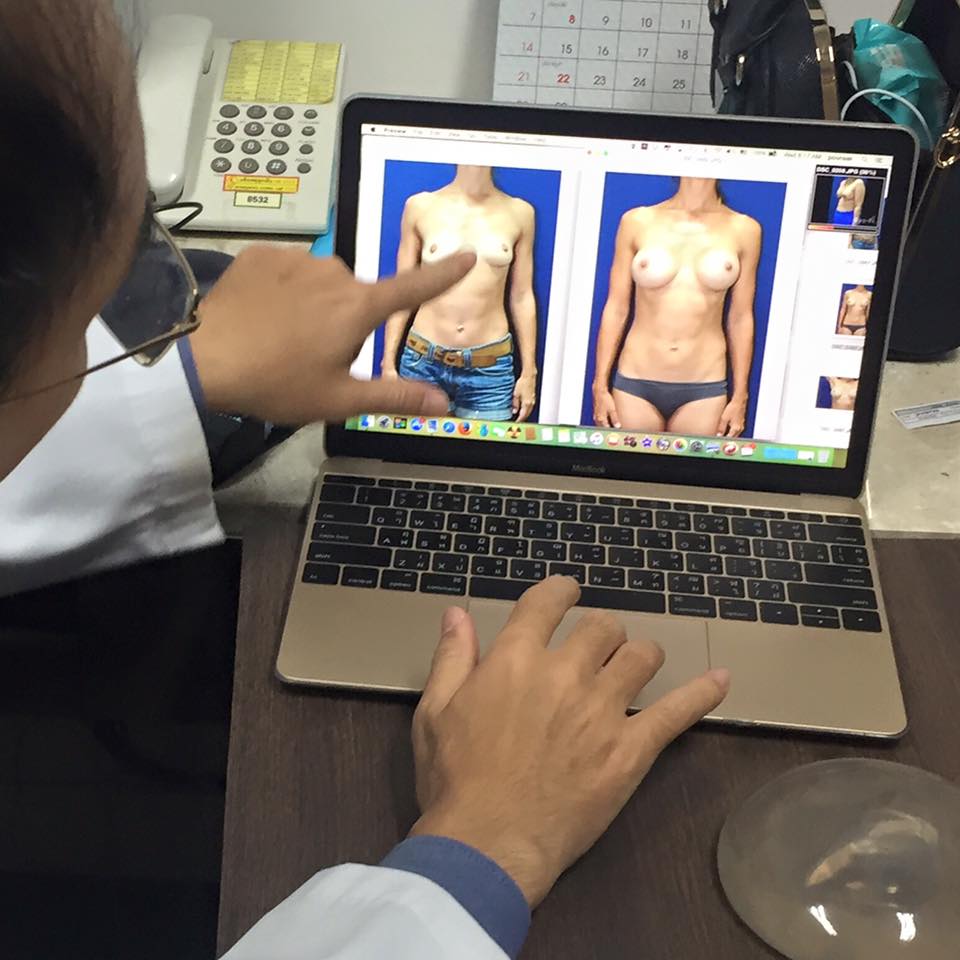
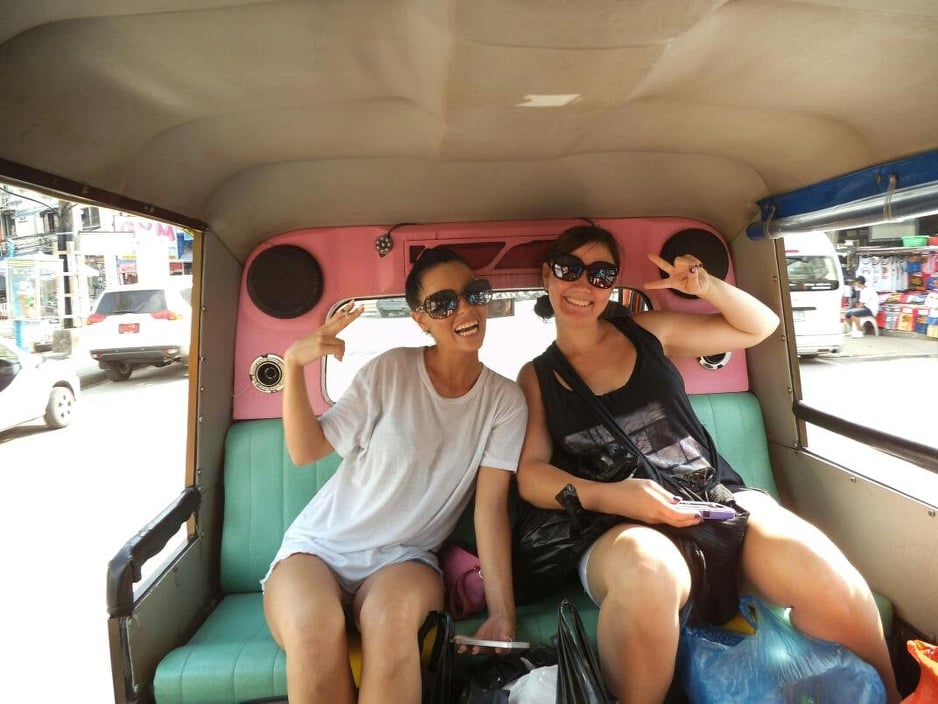
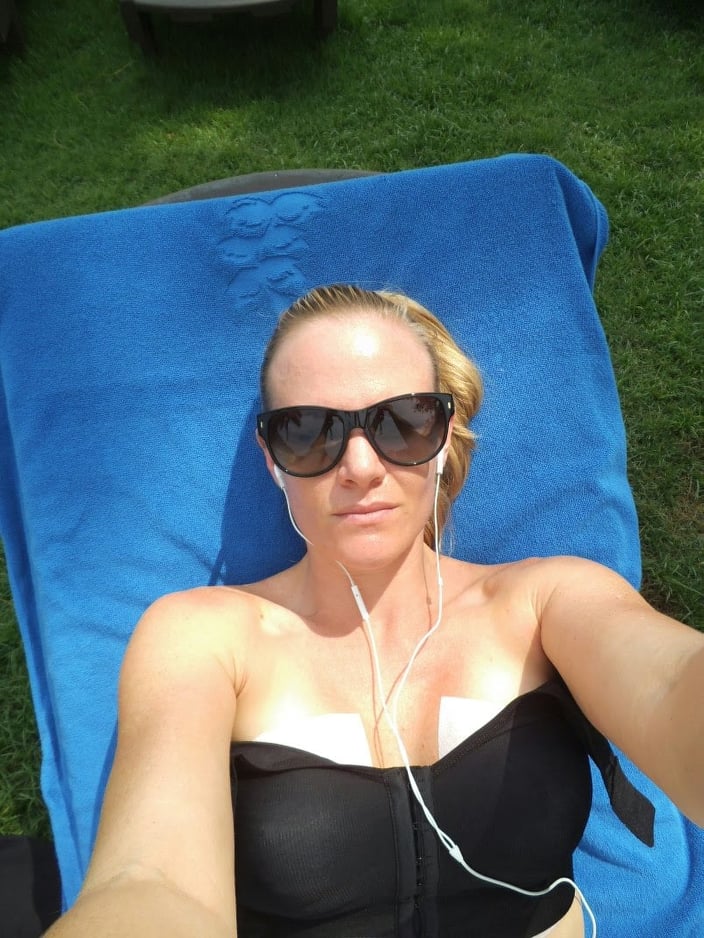
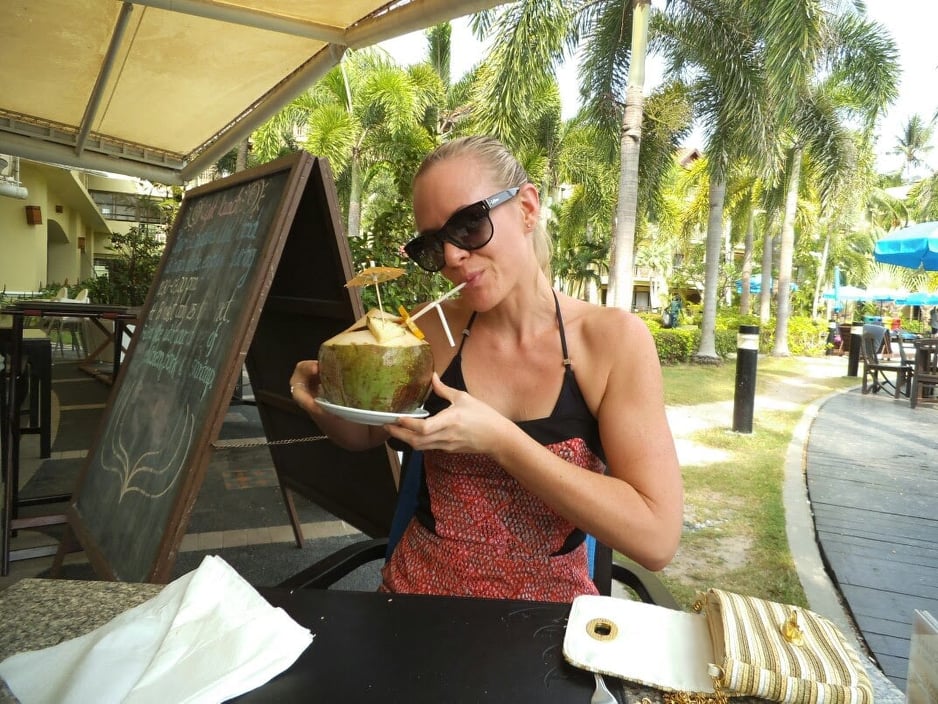
I had never been overseas so having surgery as well was a little nerve wracking, but my mind was at ease after having everything taken care of. Claire was available to answer any questions or concerns I had, which were few. The hospital and its facilities are world class and I had such a great experience the first time, I booked again in 2014, 1 year later for dental treatment.
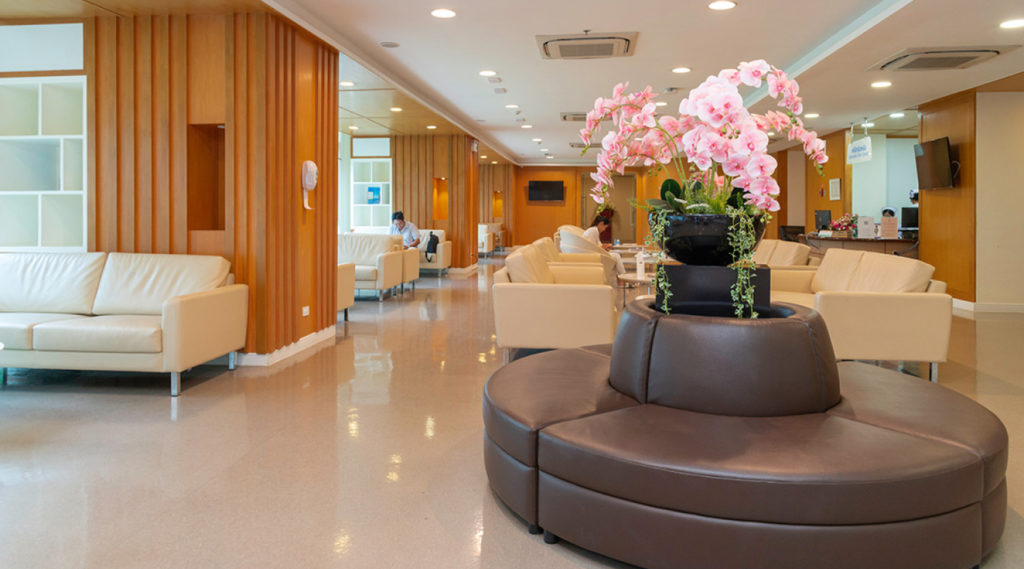
Not only was I saving thousands of dollars each time, I was provided world class care and treatment by highly skilled doctors and nurses. Having been treated at many different hospitals in Brisbane, I can say that nothing compares to the facilities in Phuket. It’s now 9 years later, and I have decided to have revision surgery and more dental work. I’ve had absolutely no issues with my breasts, it’s merely a change in shape and size that I desire. I’ve unfortunately fractured the root of one of my teeth and also need fillings and crowns.
The cost in Australia is astronomical and I have chosen to have NipTuck Holidays plan this trip for me again. All I’ve had to do is provide images, travel availability and the rest has been organised for me. Claire is very down to earth and is a wealth of knowledge of the medical tourism industry as well as having long standing relationships with the hospital and their staff. I am leaving in 10 days and am so excited to be welcomed back to Phuket.
First published in The Thaiger
Friday, November 19, 2021 15:54
As a sector that’s heavily reliant on international travel, medical tourism was badly hit by the Covid-19 pandemic. However, with countries finally reopening, the medical tourism market is now slowly recovering.Medical tourism companies such as NipTuck Holidays and medical centres catering to international patients are resuming their operations and adapting to the new normal.
As a result, the number of people seeking treatment abroad is finally increasing again!
And now countries are reopening and travelling for medical purposes is possible, choosing the best country to visit can be challenging. You’re probably unsure about which country is open and the entry requirements you need to fulfil. So, to help you decide which country you should visit for medical care in 2021, The Thaiger has compiled the top 5 countries that are the new leaders of medical tourism! They all offer top quality medical care at prices much cheaper than in the USA and Europe. Nip Tuck Holidays offers 3/5 of these country’s to our clients!
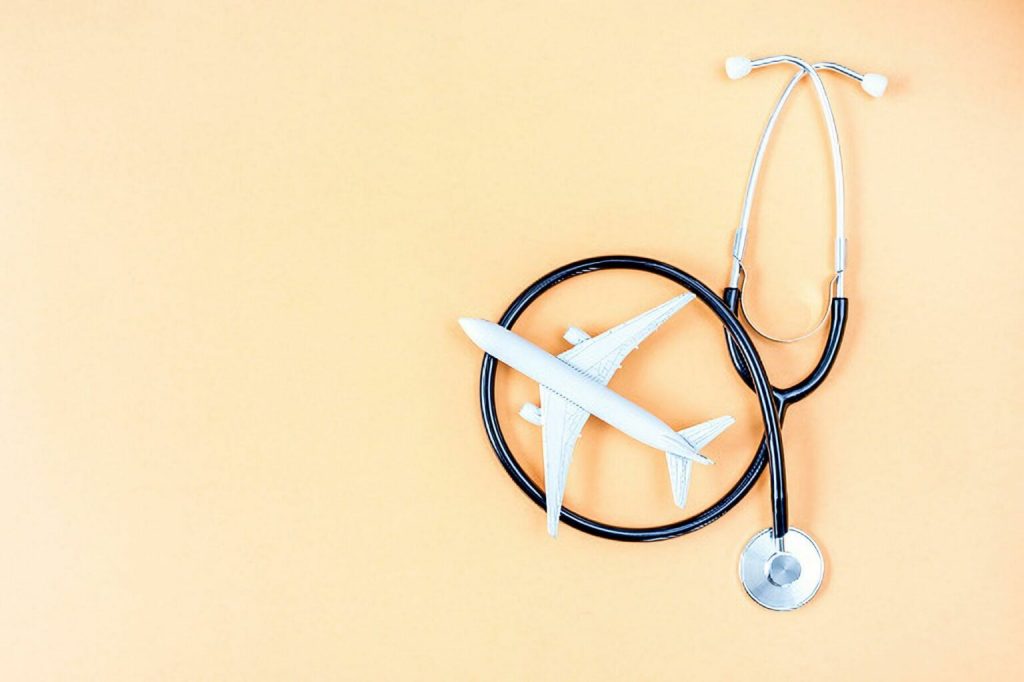
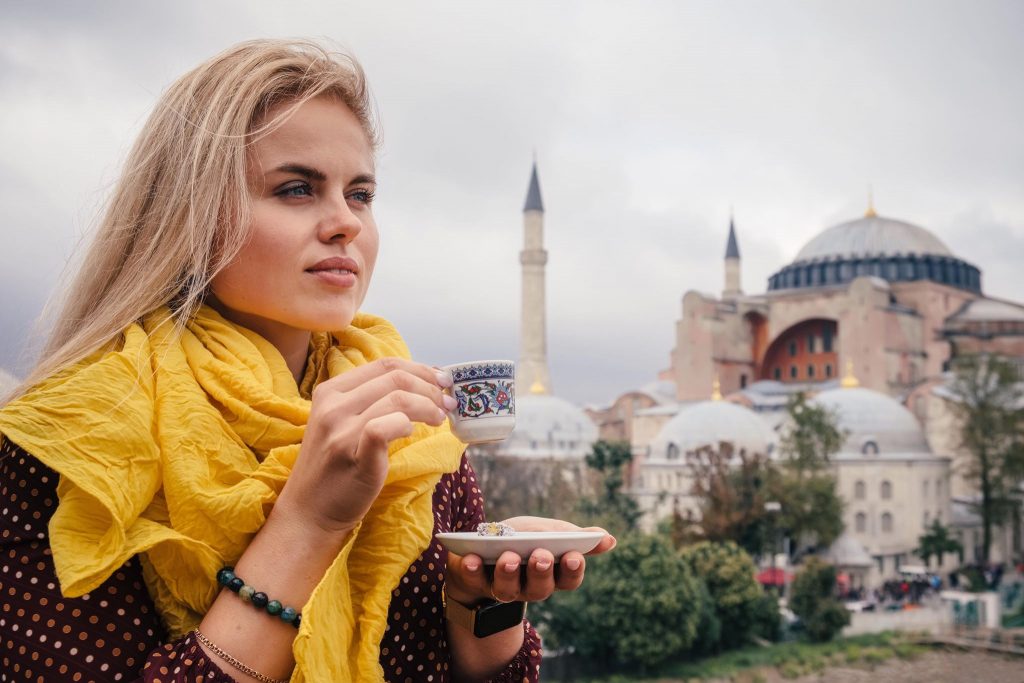
The first country that have reopen for medical tourism is Turkey. This country has been one of the most popular medical tourism destinations for many years before the pandemic. People from all around the world come to Turkey for a wide range of procedures, from complex orthopaedic surgeries to cosmetic procedures like hair transplants.
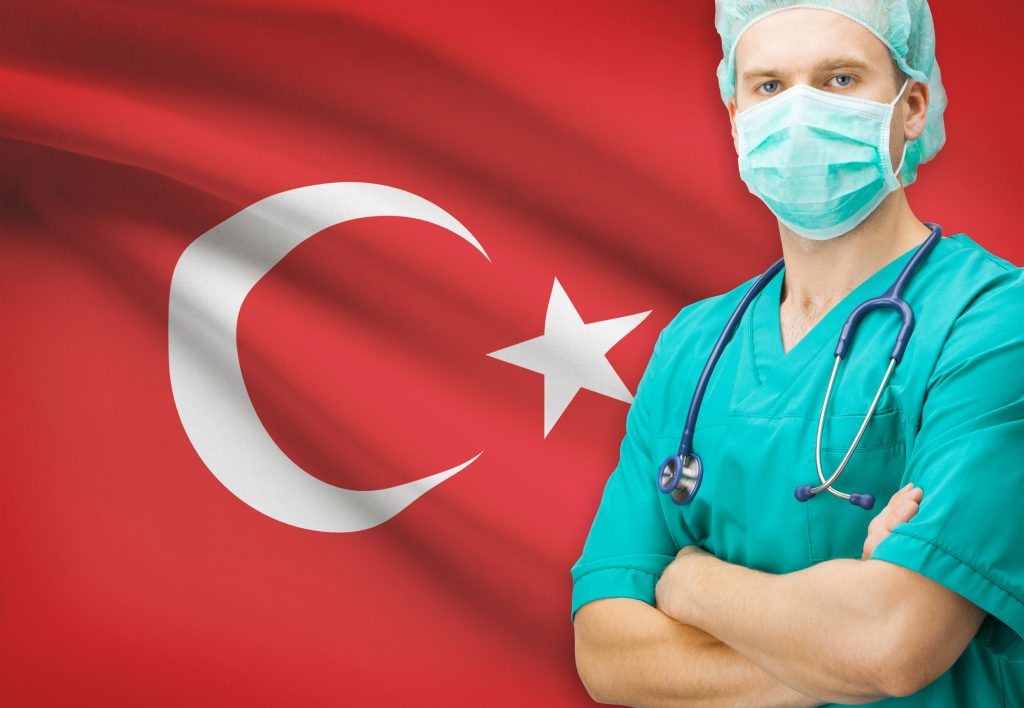
Turkey offers numerous benefits to medical tourists, such as highly trained medical professionals, internationally accredited medical centres, and affordable treatment prices compared with Europe or the USA.
The Turkish authorities are currently in the process of reviving the country’s regional and health tourism economy. Thus, Turkey has one of the easiest entry requirements for Covid-19 around the globe.
Vaccinated international visitors are allowed to visit the country without any restrictions. You also don’t have to undergo quarantine upon arriving in the country. All you have to do is obtain a negative 72-hour PCR test result and proof of vaccination. If you were diagnosed with Covid-19, be sure to provide proof of recovery as well. In addition, every international visitor needs to have travel insurance covering Covid-19.
Thanks to its advanced and affordable healthcare system, Thailand is one of the top destinations for medical tourism globally. From Bangkok to Phuket, thousands of people flock to this country to combine first-class medical care with a luxury holiday. Most of the highly capable medical professionals in the country received their education in Europe or the USA.
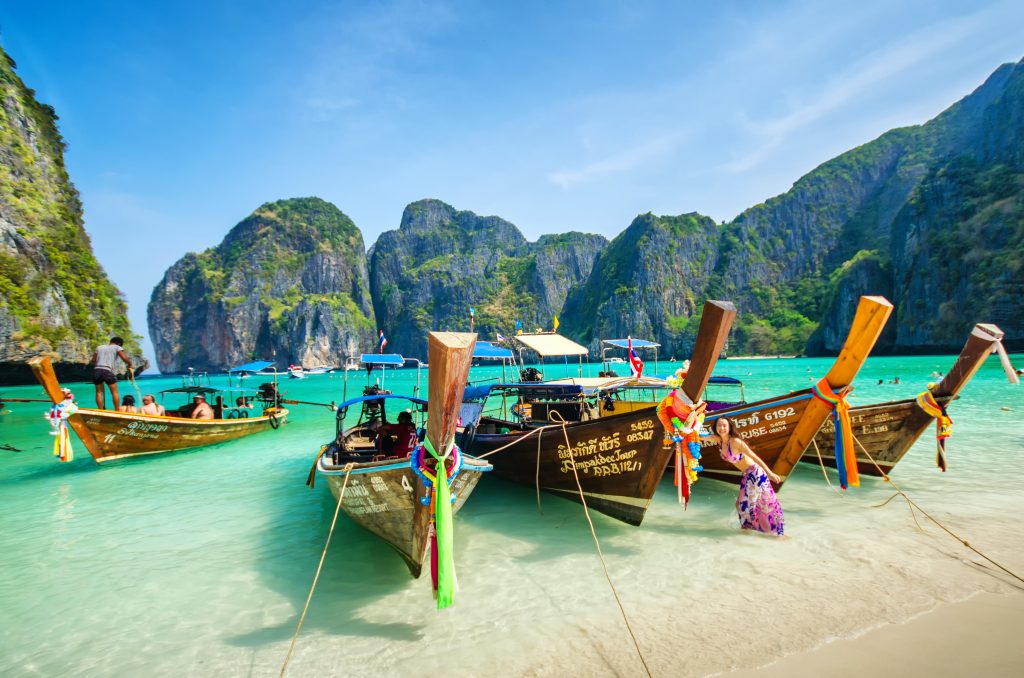
In addition, the country is home to a high number of JCI-accredited hospitals, including the first hospital in East Asia to acquire prestigious accreditations. Whether you’re looking for cosmetic treatments, infertility treatments, or orthopaedic treatments, you can be sure to receive affordable but high-quality care in the Land of Smiles.
After nearly two years of closure, Thailand is finally ready to welcome medical tourists again. As of 1 November 2021, fully vaccinated foreign visitors from low-risk countries can now enter the country by air with no quarantine requirements. You will have to show that you are free from Covid-19 by showing a PCR test before departing to Thailand.
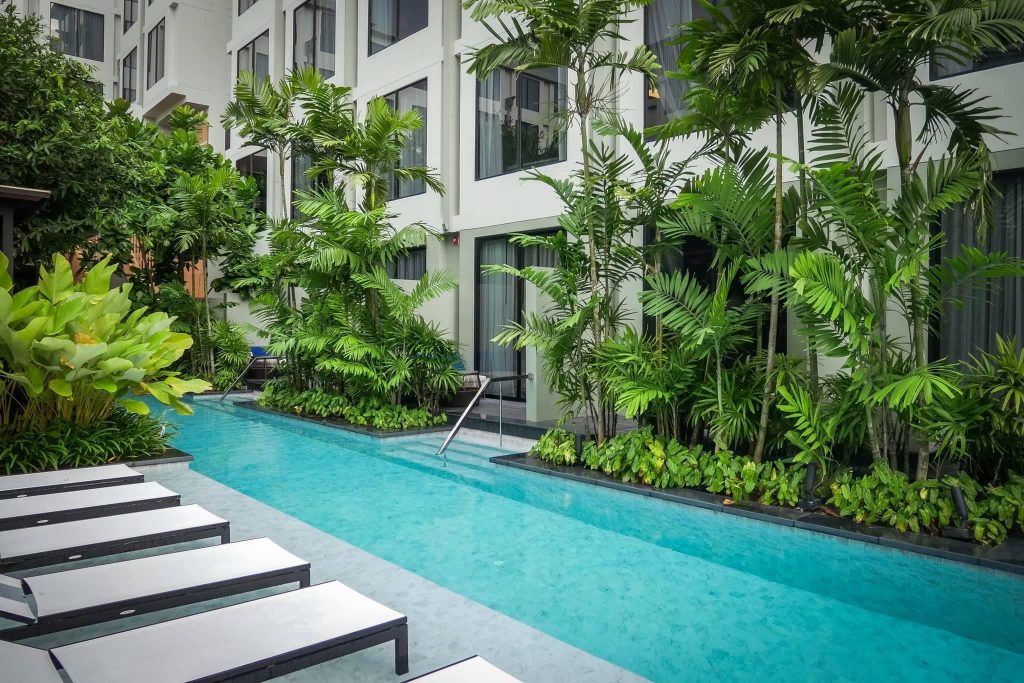
Once you arrive, you will have to take another PCR test. While you don’t have to quarantine, you have to stay at least 1 night at a SHA+ or Alternative Quarantine hotel while waiting for your PCR test result. Another thing you need to have to enter Thailand is travel insurance covering Covid-19.
Ukraine can be your top choice if you’re looking for a medical tourism destination in Eastern Europe. Although medical tourism in Ukraine is relatively young, it’s developing rapidly. A large influx of international patients in the country come from Western European and Arab countries. Many people are attracted by the exceptional quality of medical care at affordable costs that Ukraine offers. The medical centres in the country are widely known to be equipped with advanced technology and employ skilled medical professionals. Dental treatments and infertility treatments are particularly popular in Ukraine.
Today, Ukraine is open without restrictions for vaccinated medical tourists all around the world. If you want to visit this country, be sure to obtain a negative PCR test result. You should also provide proof of complete vaccination with vaccines approved by the WHO. These include AstraZeneca, Pfizer/BioNTech, Moderna, Sinovac, Sinopharm, and Johnson & Johnson. Additionally, you’ll have to obtain medical insurance that covers you for the entire duration of your trip, but you don’t need to quarantine.
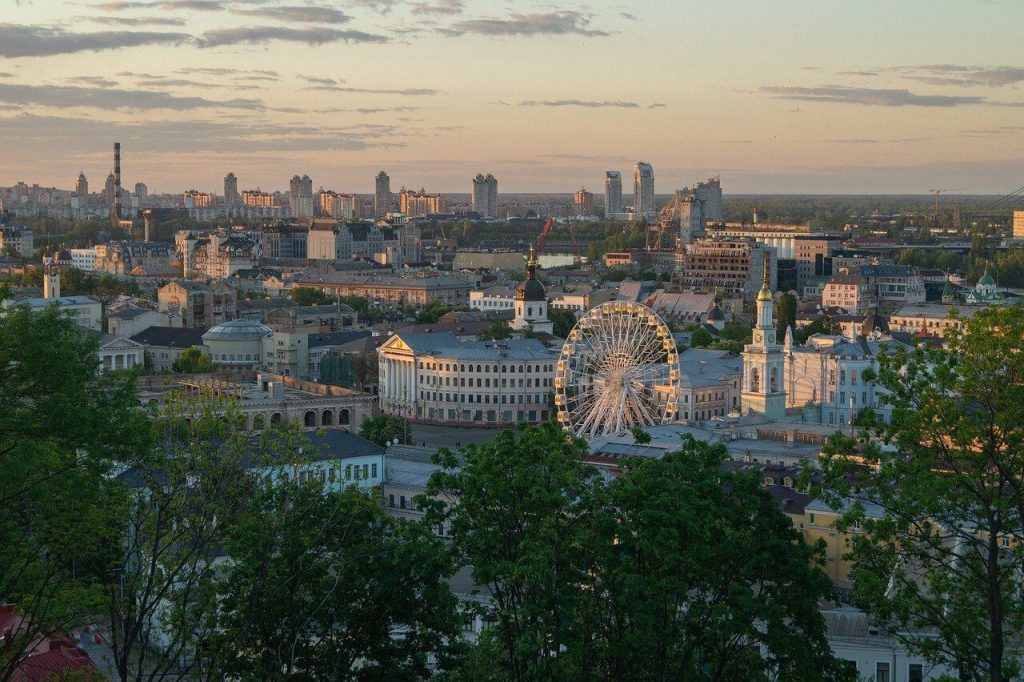
Over the past decade, Costa Rica has become one of the most famous medical tourism destination in North America, especially among patients from Canada and the USA. Compared to these countries, the cost of healthcare in Costa Rica is about 30% to 50% lower. However, the quality of medical care is similar. Besides, the medical professionals in the country carry out their practices according to the law, so you don’t have to worry about getting scammed. In addition, you can easily combine your medical care with a fantastic holiday.
Before entering Costa Rica, the first thing you need to do is complete Health Pass, a digital form for incoming international travellers. Be sure to attach your vaccination certificate to this digital form. Costa Rica accepts tourists vaccinated against Covid-19 with Pfizer/BioNTech, AstraZeneca, Moderna, and Johnson & Johnson. If you’ve been vaccinated with vaccines other than that approved by the Costa Rican authorities, such as Sinovac, you need to obtain travel insurance covering Covid-19. The insurance should cover accommodation for quarantine and medical costs for Covid-19 treatment.

Before the pandemic, millions of medical tourists chose Mexico as their top medical tourism destination. Today, the country attracts an even larger number of international patients. Mexico is now experiencing the most significant medical tourist flows globally, and it’s easy to see why.
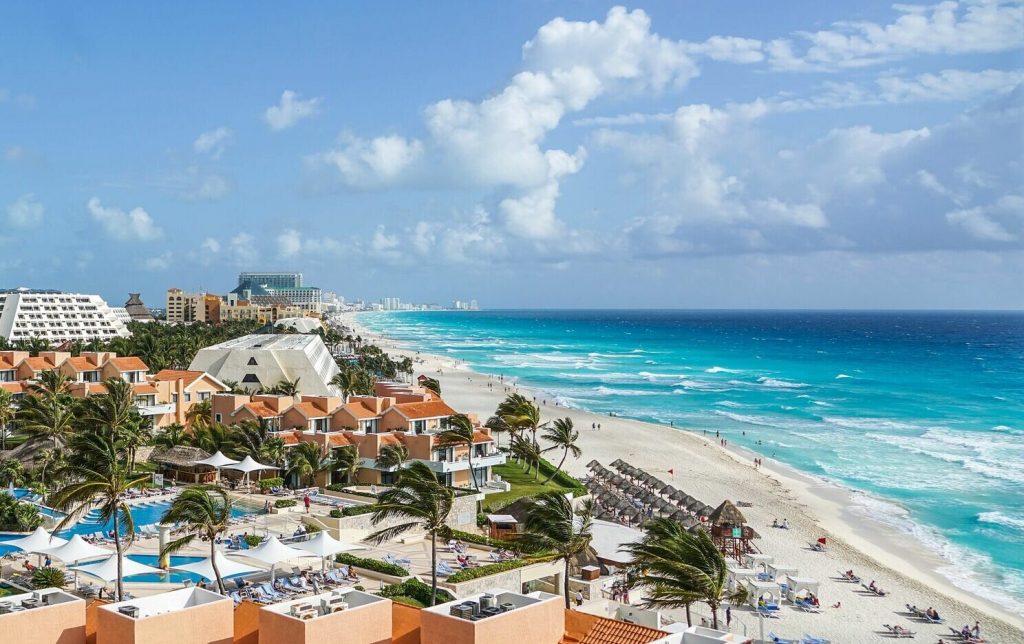
The country offers the highest standard of medical services. The WHO stated that medical centres in Mexico are comparable to those in the USA. From medical professionals to medical equipment, you can be sure to receive affordable, high-quality treatment here. Most people come for dental treatments thanks to the exceptional quality and affordability that dental clinics in the country provide.
Mexico is now open to visitors from all countries. If you’re planning to visit Mexico, you need to register on the Mexico Vuela Seguro Platform. You don’t need to quarantine or do Covid-19 testing. However, you might still want to prepare a proof of vaccination or a negative Covid-19 test for your airline. It’s also a good idea that you obtain health insurance covering Covid-19.
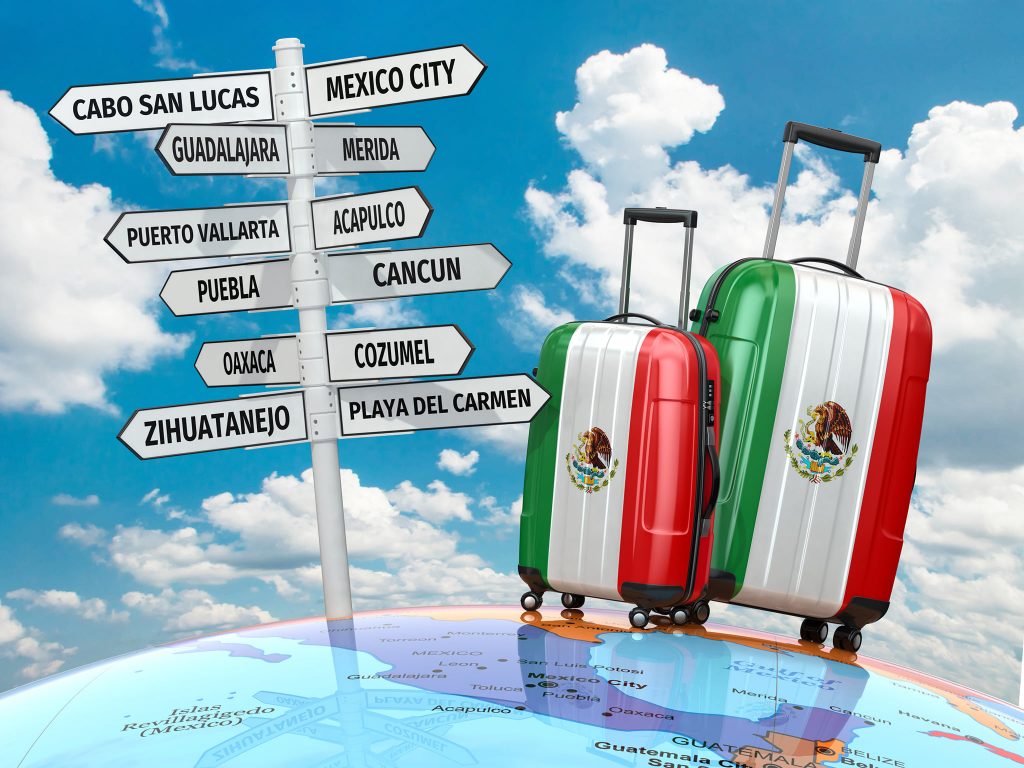
The five countries we mentioned on this list are the new leaders of medical tourism. They all offer top quality medical care at prices much cheaper than in the USA and Europe. Still, it’s important that you do your research on the best hospitals in the country so you can get the best and safest treatment. If you don’t know where to start, it might be helpful to get the help of medical tourism companies such as Nip Tuck Holidays
And if you don’t we do have payment plans starting from just $40 per week now! Get a free quote or more info: https://niptuckholidays.com/inquiry-for-free-consultation/
At the start of the pandemic here in Australia and all over the world, things didn’t look good for the field of plastic and cosmetic surgery. With lockdown, many hospitals and surgical centres banned all elective procedures, limiting plastic surgeries to those that were reconstructive in nature. In the major cities for plastic surgery like the Gold Coast, Brisbane, Sydney and Melbourne, practices had to all but close to all but essential patients or quickly pivot their focus to in-office procedures using local anaesthetic (which we know is only best for the clinic and not in the best interests of the patient).

It was horrendous for medical tourism industry on a global scale. In fact, NipTuck Holidays one of the pioneers medical tourism agencies in Australia since 2007, is one of the few agencies in Australia that not only remains but has expanded through this difficult times offering our clients new destinations of Mexico, Turkey and Bali in addition to Thailand that we have been offering since opening on the Gold Coast.


Even clients desperately wanting a procedure so much they are willing to pay three times the price in their home country, there has been a general sense of fear and the unknown. In Australia with the problems with the closures with State borders meant patients had to cancel their surgeries, in addition to the associated risks of covid with people being afraid of new risks in the face of COVID-19. Some were no longer able to afford their procedures due to changes in income or were pulling back on spending just in case.
But, where there is a will there is a way and more people than ever before were interested in plastic surgery and other cosmetic procedures!
You might wonder who would want elective surgery in the middle of a pandemic. On the surface, the idea of COVID-19 and lockdown leading to greater interest in plastic surgery may seem odd. Scroll your social media feed and you will see many memes highlighting people wearing pajamas to work and forgetting to so much as brush their hair before flipping open their laptop and “heading to work” from their couch. It makes you wonder how this casual attitude and an increased interest in cosmetic enhancements can exist simultaneously – yet, clearly, they can.

Once you dig a little deeper, it starts to make sense. Anyone who had previously been interested in surgery but worried about the recovery period suddenly had a golden opportunity; while they would still need time off from work, they would require fewer sick days since they could work from bed as they recovered. Plus, that comfy work-from-home wardrobe translates nicely to a post-surgery recovery one.
For those who suddenly didn’t need to commute, buy lunches out and focus on their work wardrobe, the pandemic also meant more money in the bank to spend as they wished.

However, the biggest factor was likely the “Zoom Boom.” With the switch to online work and meetings, many people went from only looking at themselves while washing their hands during bathroom breaks to suddenly staring at their image on a screen for hours each day. As a result, they had ample time to analyze their lines, wrinkles, double chins and more.
As one would expect, people quickly turned to seeking out solutions. And thus, thousands upon thousands began seeking plastic surgery during the pandemic.
The year 2020 changed everything, including plastic surgery trends.
For years, breast augmentation had reigned supreme, with liposuction, rhinoplasty, eyelid surgery and facelifts rounding out the top five. These procedures remained popular in 2020; after all, there is a reason why people are so interested in them, and the pandemic made getting and recovering from these procedures easier for many.
However, interest in facial procedures grew significantly, thanks to Zoom and other video chatting platforms. Patients began requesting everything from chin liposuction to facelifts with greater frequency than ever before. There was also an increased interest in med spa procedures, such as botox and fillers, prompting many practices to increase their focus on their nonsurgical offerings, or even innovate their delivery methods to accommodate drive-thru procedures.

Many are wondering if this increased interest in plastic surgery in general and facial procedures, in particular, is going to last once the pandemic is finally brought under control. While this is difficult to predict, most likely, these plastic surgery trends will continue even after the masks are put away.
First, there is the fact that, while the phrase is overused, the “new normal” is unlikely to give way to a return of the “old normal.” Companies have seen increased productivity and lowered costs by switching to a work-from-home model. People are coming to enjoy their virtual chats, and even when socializing in person again, are unlikely to eliminate Zoom from their lives.
Second, Millennials are aging. The oldest members of the generation are 38 years old in 2021. Thanks to the rise of Gen Z and platforms like TikTok, they are also acutely aware that they are no longer the young kids on the block. Unlike previous generations, they are facing 40 while living in an online world. Even if the new normal were to fully disappear, social media will not.
As such, the plastic surgery boom might lose some of its steam in a post-pandemic world, but it is unlikely to end especially now the medical tourism market is officially re-bounding globally! In fact quite the opposite as the prices as set the plunge significantly for people with the resumption of international travel, and set for full recovery!
Experts say we may even see some growth by the end of 2022 as pre-pandemic levels are being restored. With the resumption of travel, medical tourism is set to see growth by the end of 2022 at pre-pandemic rates as demand is being restored.

GlobalData estimates that there were over 14 million inbound visits by medical tourists globally in 2019 and forecasts this number to continue to grow at a Compound Annual Growth Rate (CAGR) of 4.5% until 2024. Some of the fastest-growing markets are forecast to increase at CAGRs as high as 15% over the next few years. Several compounding factors contribute to the rapidly growing medical tourism industry. These include, but are not limited to, rising healthcare costs among developed nations, technological and infrastructure advancements in the destination countries and the rise of international accreditation agencies.
The Covid-19 pandemic significantly impacted the medical tourism industry, particularly in H1 2020. The main causes of this decline were the implementation of travel restrictions and the global postponement of the majority of elective procedures in an effort to minimise the spread of the disease. During summer 2020, global active Covid-19 caseloads temporarily declined, thus permitting the resumption of elective procedures. As international travel has slowly resumed, so has the demand for medical tourism. GlobalData estimates this market to fully rebound to pre-pandemic levels by the end of 2022, after which it will experience pre-pandemic growth rates.

Sources: About ECS International